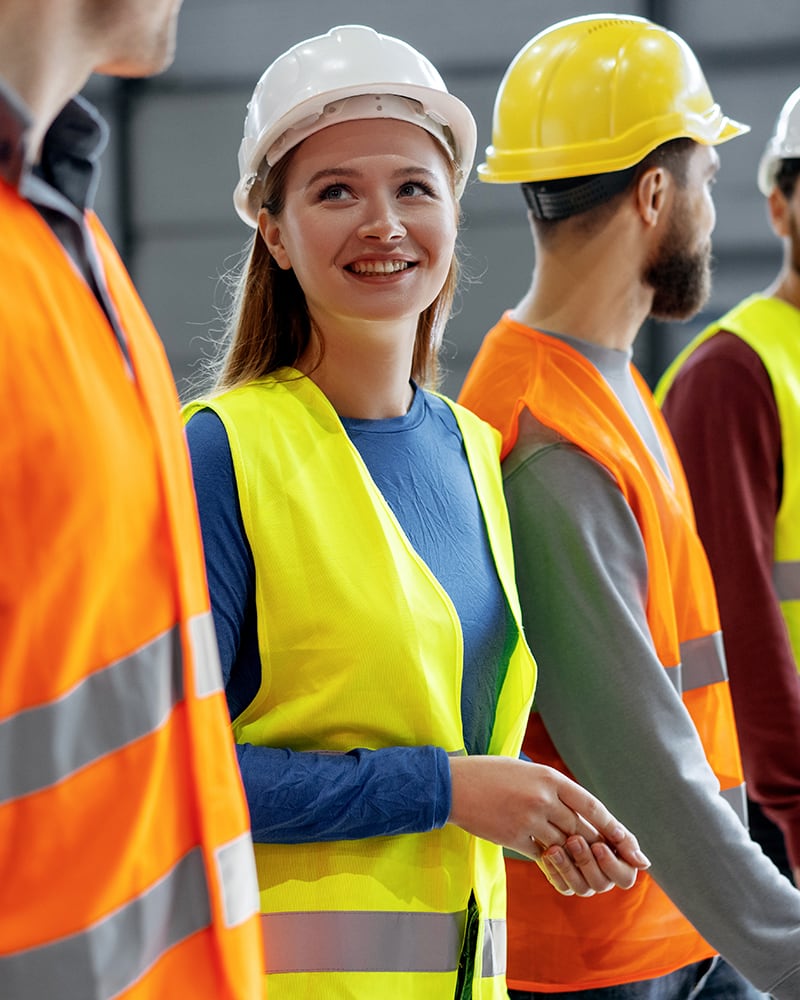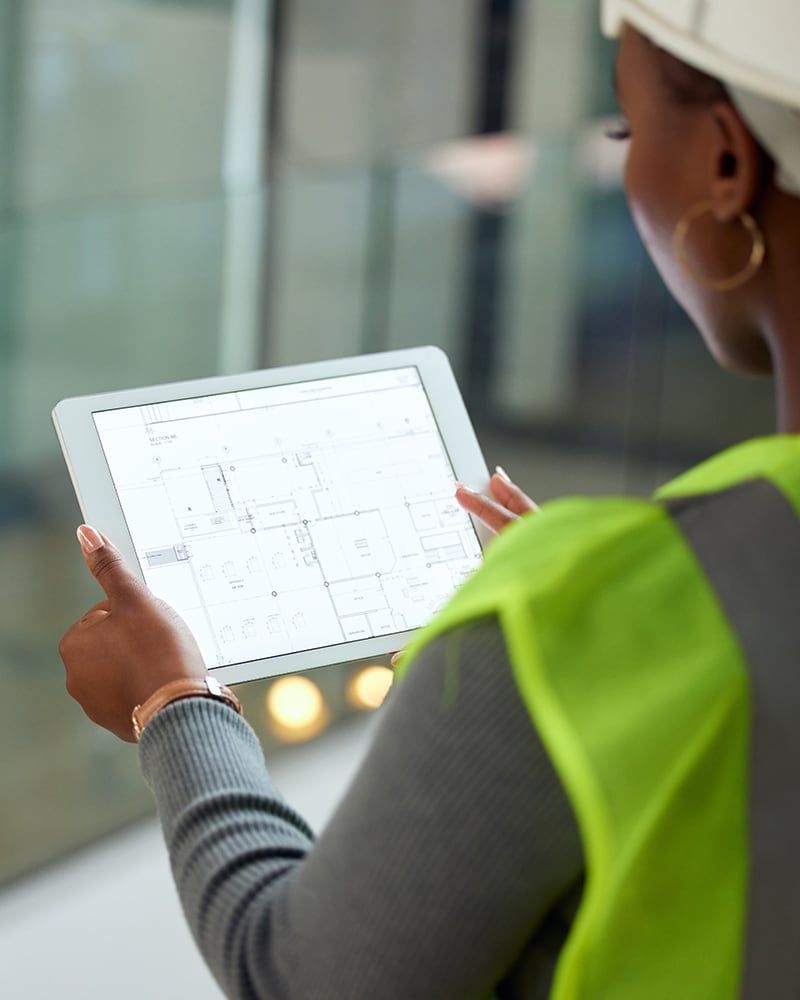When most people think about safety on a construction project, they picture the jobsite: hard hats, vests, warning signs, maybe a daily huddle around a whiteboard. And all of that’s important, but safety actually starts way before anyone steps onto the site.
At KGO, we know safety isn’t just a checklist you pull out once construction begins. It’s a mindset that needs to be built in from day one. That’s where owner’s reps come in. We aren’t just managing timelines and budgets, but making sure safety is baked into every part of the project.
Safety Starts with Planning, Not the Jobsite
By the time contractors are walking the site with safety plans in hand, many of the key safety decisions have already been made. Things like:
How is the site laid out?
What’s the phasing and sequencing plan?
How were the contractors selected?
What kinds of materials and equipment were specified?
As owner’s reps, we’re at the table when those decisions are happening. That means we can spot risks early, speak up for safer design options, and make sure the project team doesn’t just think about safety during execution—but builds it into the plan from the very beginning.
Why does this matter so much? Because the Occupational Safety and Health Administration (OSHA) reports that one in five worker deaths in 2022 were in construction. Many of those incidents could have been prevented with better planning and coordination.


We Connect the Dots Across Teams
Construction projects involve a wide range of professionals: architects, engineers, contractors, subcontractors, consultants, and clients. Each party carries its own responsibilities and perspectives on safety. However, safety does not adhere to individual scopes; it must function cohesively across the entire project.
Owner’s representatives have a unique cross-functional view. Unlike contractors who focus on their specific trade or discipline, owner’s reps answer directly to the project owner. This enables them to identify gaps, foster alignment, and ensure that safety standards are upheld consistently across all teams.
The National Safety Council emphasizes that improved communication and coordination are key to reducing construction site accidents; a principle that owner’s reps help implement effectively.
Educating Owners on Their Role in Safety
It is a common misconception that safety is solely the contractor’s responsibility. While contractors lead the on-site safety programs, project owners also play an influential role.
Owner’s reps guide clients to better understand how their decisions impact safety throughout design, procurement, and construction phases. They advise on questions to ask, policies to enforce, and cultural norms to establish that prioritize safety not as a compliance obligation but as a core value.
Clients who actively champion safety help set the tone for the entire project team, reinforcing its importance from the executive level down.
Building a Culture of Safety
A project’s safety culture is reflected not in checklists, but in behaviors. How the team conducts meetings, responds to concerns, and manages pressures all shape the environment on-site.
Owner’s reps model and reinforce a culture of calm, deliberate, and consistent communication, especially in high-pressure situations. They ensure that safety concerns are promptly addressed and investigated, rather than dismissed. This leadership encourages all team members to embrace safety as a shared priority rather than a mere requirement.

Proactively Identifying Risks
Owner’s reps ask critical questions that may not otherwise arise. They examine how trades access work areas, whether site layouts protect the public and adjacent spaces, and if material storage practices reduce hazards.
They assess design features for potential long-term risks, such as tight clearances or awkward ceiling heights that could affect safe use in the future. This proactive approach ensures that potential issues are mitigated before they develop into problems.
Raising Concerns Early and Transparently
Many safety challenges originate from logistical issues. Whether it’s a rushed phased move lacking clear signage, an occupied facility adjacent to active construction without adequate separation, or last-minute design changes that complicate site access.
Owner’s reps prioritize transparency by raising these concerns early, even when inconvenient. Addressing such matters proactively prevents costly delays, injuries, or legal liabilities later in the project.
Encouraging Shared Accountability
Safety is not the responsibility of a single individual. Owner’s reps foster a collaborative environment where all stakeholders—from field laborers to executive leadership—share ownership of safety outcomes.
They promote open reporting without fear of blame, facilitate cross-team safety walks, and lead transparent incident reviews and lessons-learned sessions. This collective accountability drives continuous improvement and reinforces a culture of safety.
Safety Is a Continuous Commitment
When owner’s reps integrate safety into every phase of a project, they enable teams to work more efficiently and effectively. A strong safety culture leads to fewer incidents, improved collaboration, and ultimately, a better outcome for everyone involved.
At KGO, we are committed to embedding safety into the DNA of every project. If you are planning a renovation, relocation, or new construction, contact us to learn how our owner’s rep services can help protect your people and your investment.